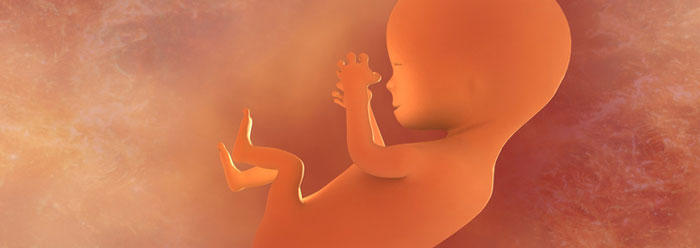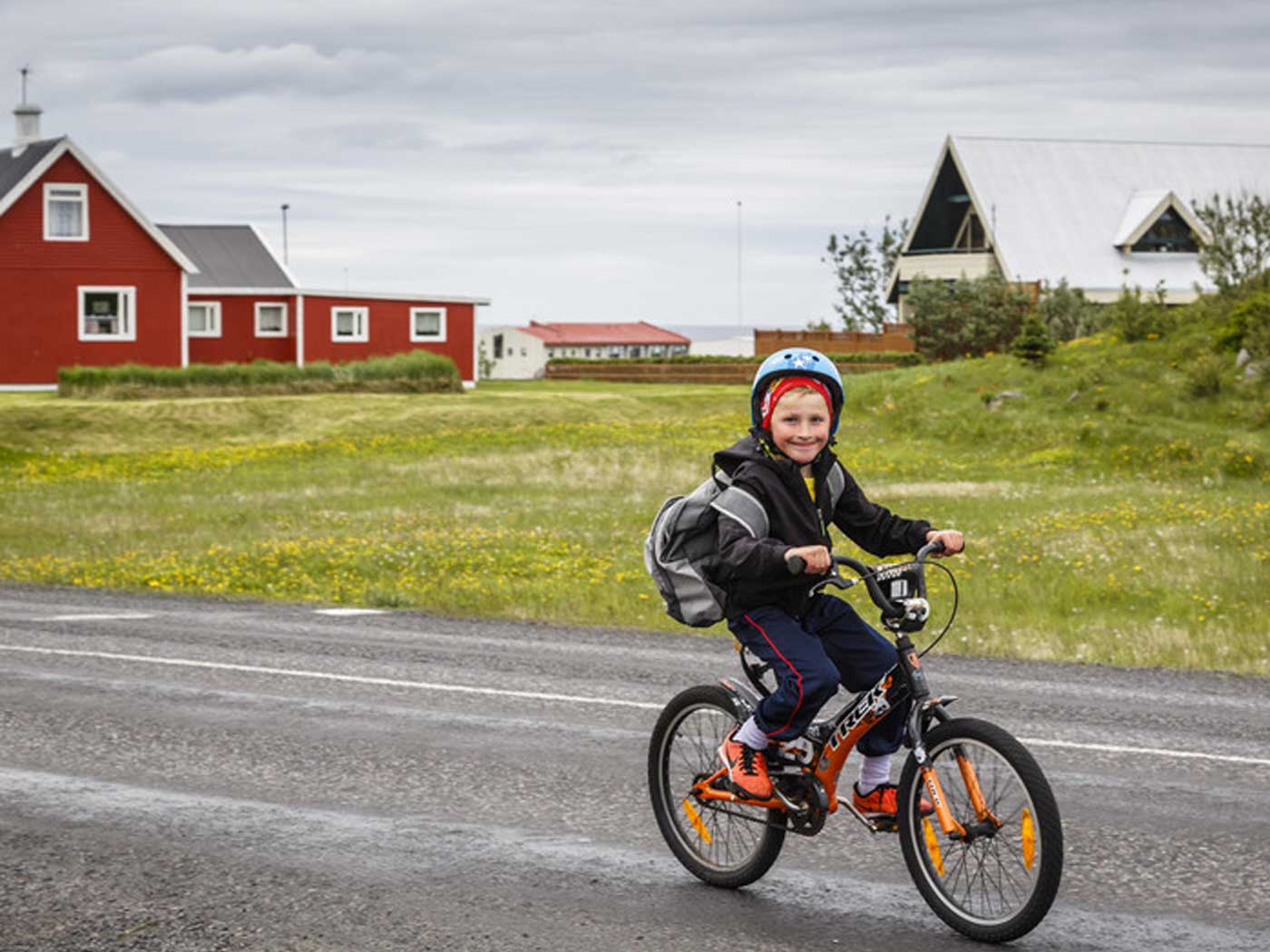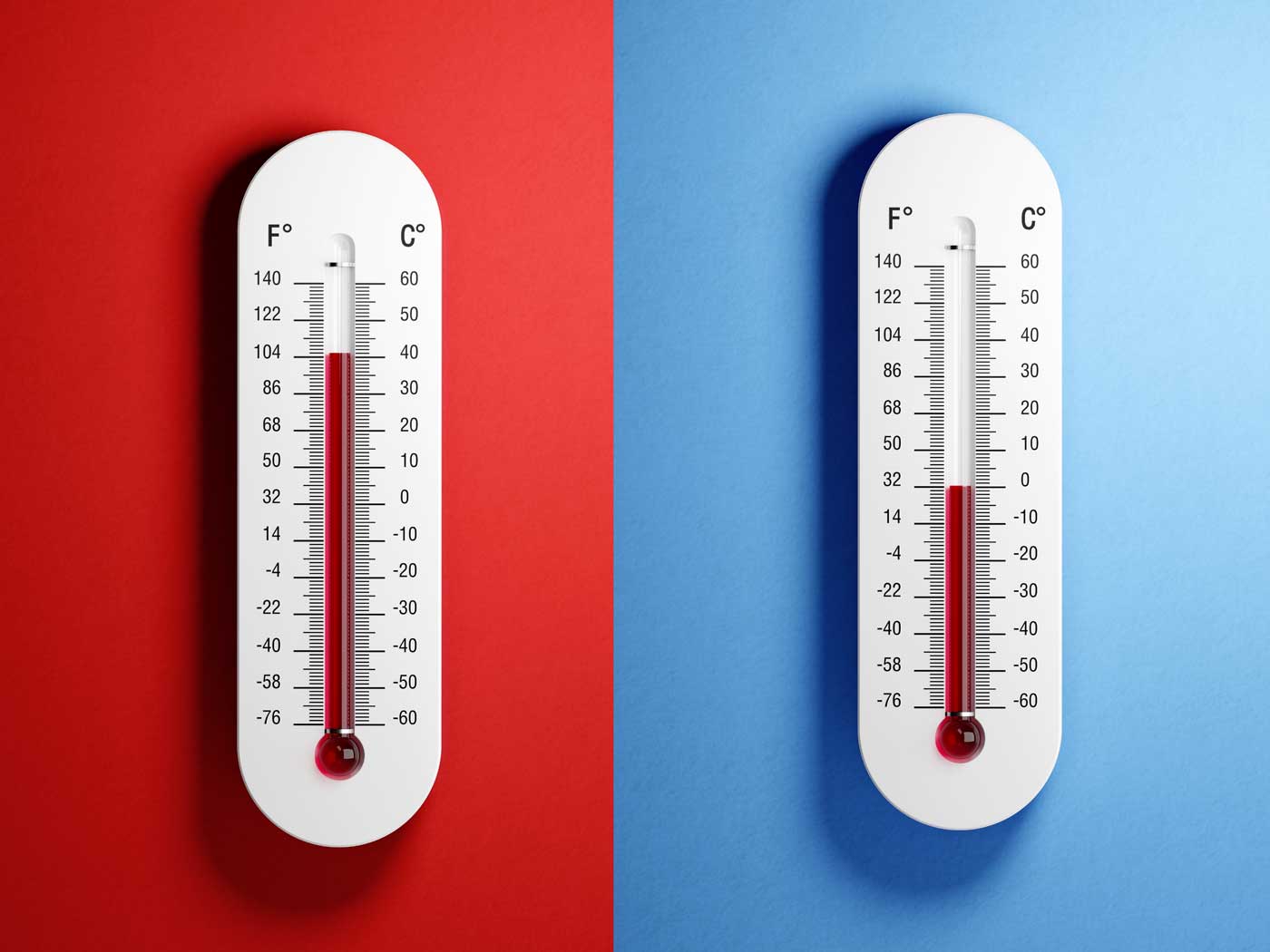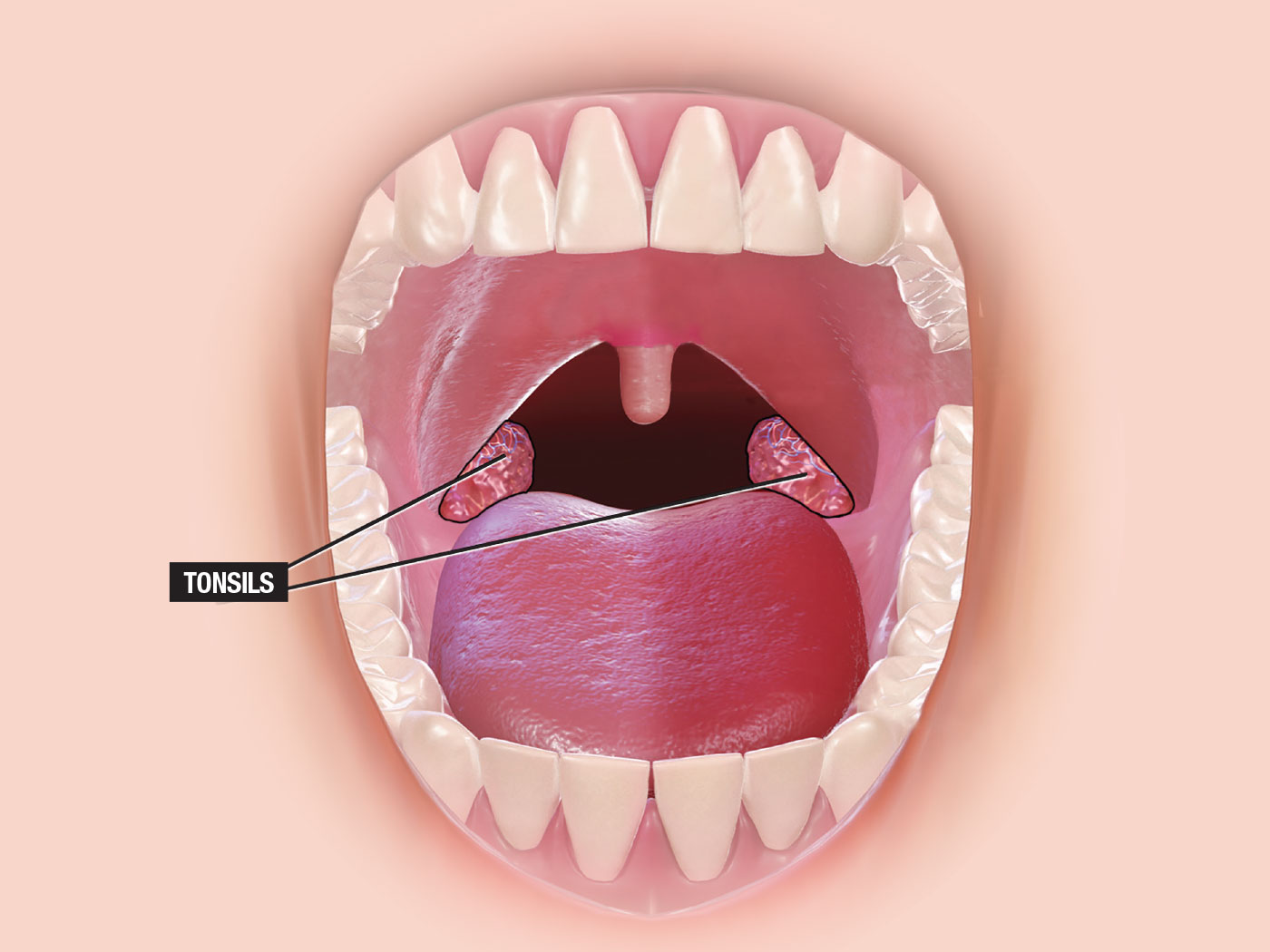Picture this scene: A young, pregnant girl is taken into the counseling room at an abortion clinic. Understandably frightened, confused, and vulnerable, she only knows she didn't mean to get pregnant, and wishes she wasn't. She also knows that an abortion would put an end to her pregnancy. But this is a baby we're talking about!
"How far along are you, Sweetie?" the counselor asks.
"Oh, about two months," she answers, to which the counselor replies: "You remember what you learned in your 10th grade biology class—how that the developing embryo goes through various stages during its growth? It goes through a fish stage, where it has 'gill slits' just like a fish. At other times it has a yolk sac like a bird, and a tail like a monkey. At two months it is probably going through its fish stage; it is not fully human yet. Don't think of it as a baby, but as a fish." On display are drawings pointing out the various stages of development of human, fish, monkey, etc., embryos with the similarities pointed out, and, sure enough, they do look remarkably the same convinced by this evidence, our young friend decides to go ahead and have the abortion. After all, it's okay to kill a fish.
It might interest you to know that the above story is true. Not only is it true, it's probably commonplace. This line of reasoning called the biogenetic law, and known by the catch phrase "ontogeny recipitulates phylogeny," is many times given as the supposed scientific justification for abortion. It was originated in 1866 by Hitler's mentor, Ernest Haeckel, who produced the series of comparative drawings used in both biology textbooks and abortion clinics.
It might also interest you to know that the whole concept has been discredited for decades. As the evolutionist Dr. Blechschmidt has said in his book, The Beginnings of Life, "the so-called law of biogenetics is wrong. No buts or ifs can mitigate this fact. It is not even a tiny bit correct or correct in a different form. It is totally wrong" (1977, p. 32). As a matter of fact, German embryologist Wilhelm His published, in 1874, a catalog of willful distortions of the data by Haeckel in order to win adherents. Haeckel was subsequently tried and convicted in a scholarly inquest and barred from many scientific circles.
But what about the supposed evidence for gill slits, yolk sac, and tail (to name the most used examples) in a human embryo? True enough, at an early stage of development the human fetus does have certain folds or creases which resemble these found in a fish embryo. As they develop, however, the resemblance stops. In the fish, the folds develop into gills; but in the human, they develop into the glands and structures in the ear and neck areas. If humans were related to fish, one would expect the gills to evolve into the lungs, trachea, and mouth. Similarly, the embryonic human "tail" is in reality the developing coccyx, or "tail bone," a vitally important, fully human feature, while the so-called yolk sac is not a source of nourishment as in a bird egg, but is the source of the embryo's first blood cells. Everything about the human embryo is totally unique and human.
It doesn't make sense that abortionists could use such bad science to justify their deeds. But then, a lot about abortion doesn't make sense.
*Dr. John Morris is the President of ICR.























